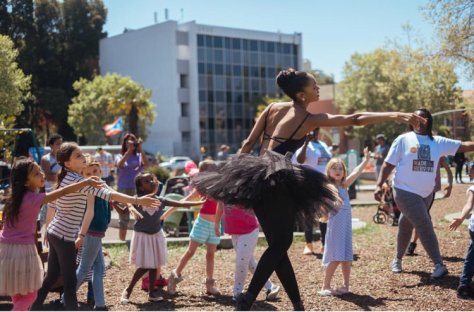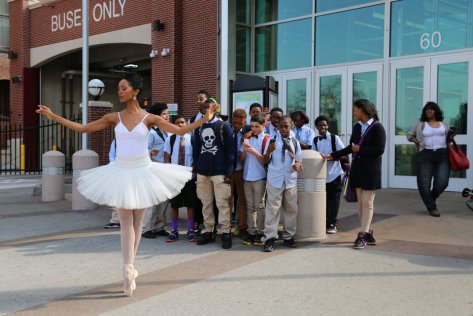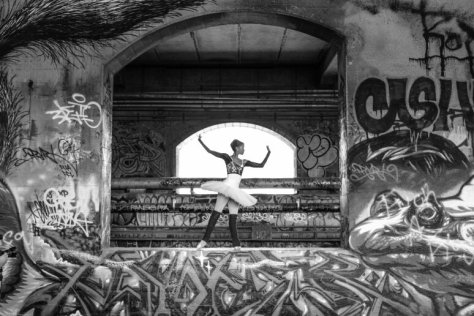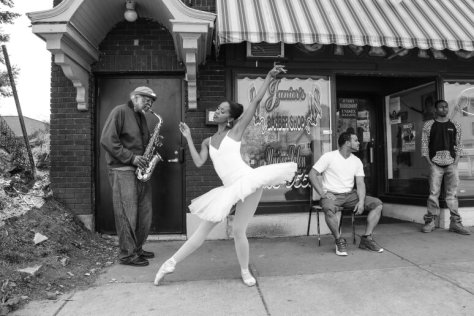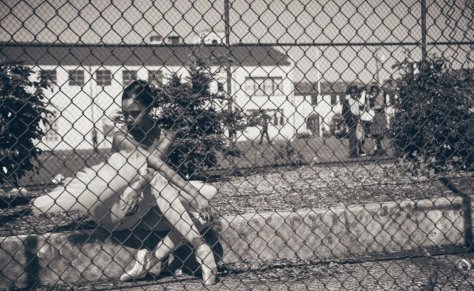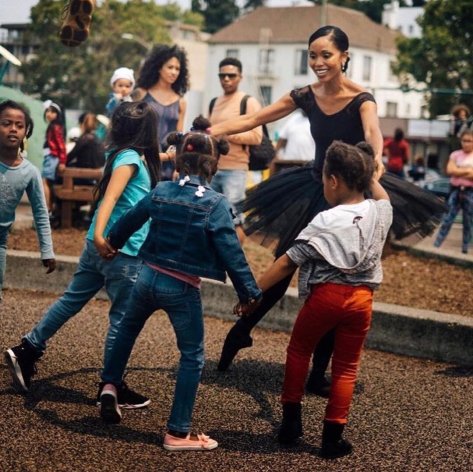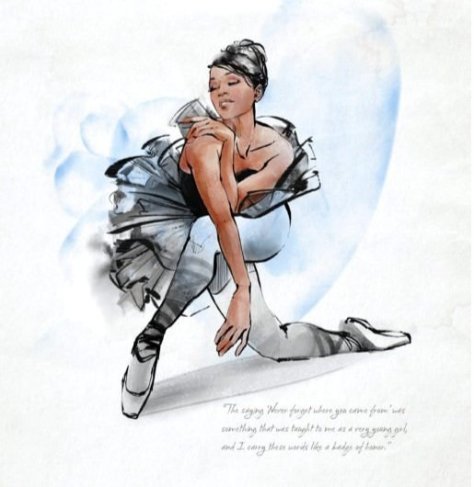“Children like you didn’t go to school when I was your age—you stayed at home.”
Vilissa Thompson’s grandmother Viola constantly reminded her that every day with her disability was an opportunity.
Back in her day well before Vilissa was born, Viola had seen black children with disabilities become disposable to others – left out of school, left out of activities, and resigned to watching life pass them by.
Viola refused to let that be Vilissa’s story too. Her granddaughter had been born with a genetic disorder called Osteogenesis Imperfecta (OI), better known as Brittle Bone Disease, and was only expected to live a few years at best. Overwhelmed with the prospects of being a single parent with a terminally ill child, Vilissa’s mother placed her in a children’s home where they’d have the support to care for her. But Viola refused. Rather than leave Vilissa to strangers, she’d love her, teach her and encourage her to lead a full and happy life, no matter how long it might be.
“My Grandmother ensured that I received a quality education and healthcare during a time when such rights were in their infancy. She knew that I deserved the same opportunities as everyone else, and her determination, unconditional love, and support were instrumental to my growth as a disabled young girl.”
They were also instrumental to Vilissa’s future calling.
Whether it was Viola’s nurturing or just Vilissa overcoming the odds, turns out, Vilissa had many more years to live and turn her story into one that made a difference for disabled people.
In 2012, she graduated with a Master’s degree in social work and founded her own organization the next year. Vilissa’s Ramp Your Voice “spotlight[s] the issues and barriers of disabled people, as well as create[s] effective social and political changes to ensure that all people have the ability to succeed and prosper, regardless of their ability, ethnicity, religion, educational level, or place of origin.”
Just as she’d had an advocate in her life, Ramp Your Voice helped Vilissa empower other disabled women of color, especially black women, to live their lives out loud instead of locked away – physically or mentally – and ashamed.
But one fateful day on Twitter, the community that Vilissa’d created in her little corner of the internet went global.
She, like so many other disabled women, were thrilled to see an article on xoJane about how disability and beauty were not mutually exclusive, but as they scrolled through, the story was that of three traditionally beautiful white women’s experiences in the world with their disabilities. It even included the line “If we don’t truly see the diversity, we don’t see the injustice. In race or gender this translates to things like discrimination and income inequality. In disability this can mean lack of accessibility, or issues of employability.”
It was an interesting take for an article that didn’t include a single person at the intersection of all of those issues, like a disabled black woman. So in one quick tweet, Vilissa called it out:
Unsurprisingly, Vilissa’s hashtag went viral, with over 13,000 tweets in 24 hours as more disabled voices joined the chorus:
“#DisabilityTooWhite when you have to wait twice as long for a medical diagnosis or to receive adequate medical care b/c of medical racism.”
“#DisabilityTooWhite when people still think ‘#autism is a white people thing’ and black children go undiagnosed”
#DisabilityTooWhite when so many disabled PoC, especially black folks, end up in jail because they’re being ‘odd in public’. Ex: Neli Latson”
Vilissa was stunned and spurred by the firestorm one little tweet had set off. “I don’t think I’ve seen so many disabled POC speak so freely about themselves in my life,” she recalled.
That tweet, backed by Vilissa’s strong academic pedigree and the bold spirit instilled in her by her grandmother, helped boost her visibility beyond a niche community and out into the world. Today, at 31, Vilissa’s a public disability rights expert, featured in media outlets worldwide speaking to the black disabled experience and how easily it’s excluded from both mainstream representation AND black social movements. And as if that’s not enough, she’s still hard at work as a social worker and now a disability rights consultant, challenging ableism at national, global and cultural levels to ensure that there’s an equal playing field for everyone, no matter what body they’re born in.
KEEP GOING BLACK IN HISTORY:

Find empowerment, education, inclusion, and self-advocacy for disabled people and their allies at Ramp Your Voice!

Vilissa’s Tools You Can Use section is filled with free or low-cost resources to help disabled individuals improve their quality of life.






















